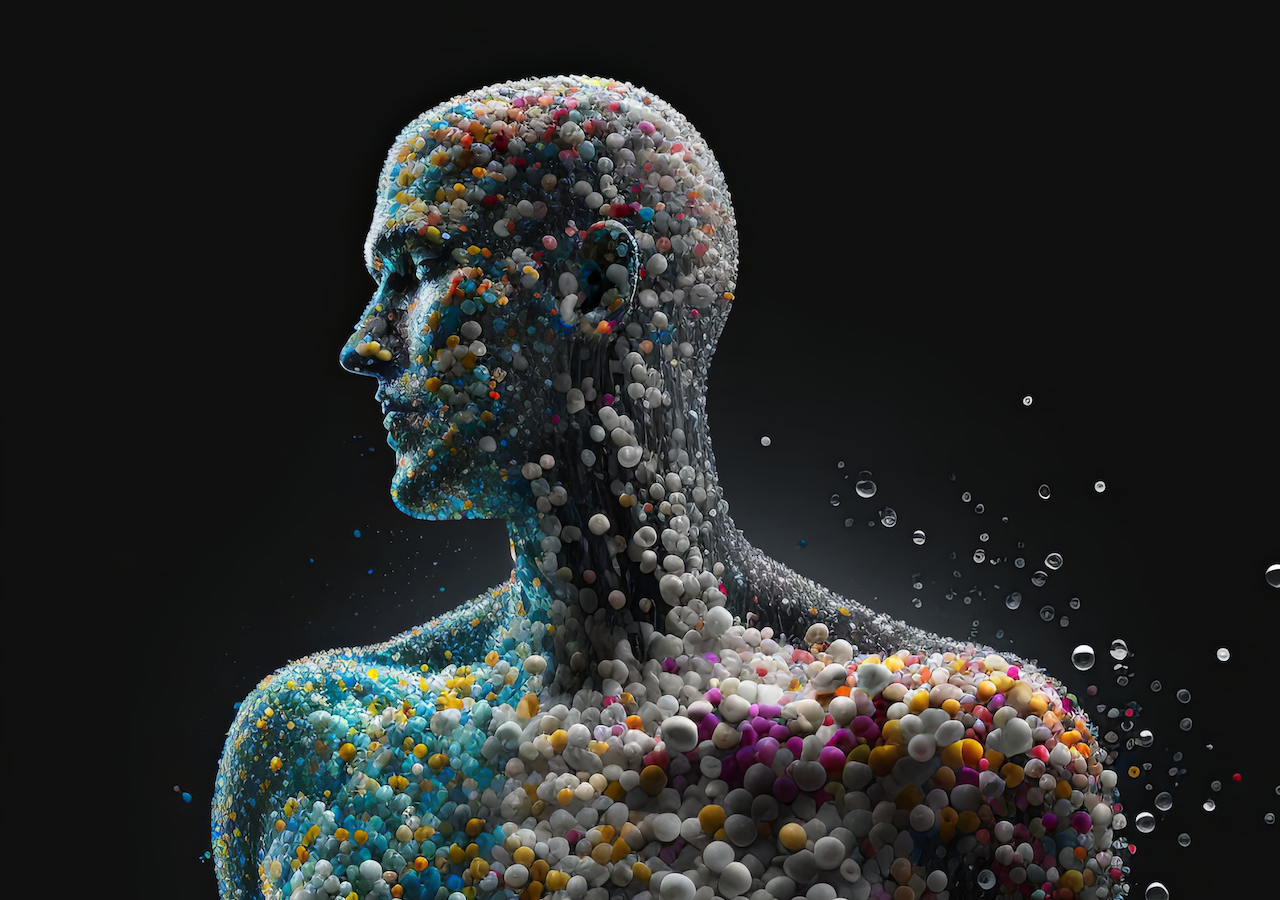
Global concentrations of micro- and nanoplastics have already been detected in human organs, From the placenta to the lungs. Recently, researchers compared the concentrations of nanoplastics in the kidneys, liver and brain. Alarming concentrations were found in the brain.
The team implemented Autopsies found that the brain contains more nanoplastics than the liver or kidneys. Increases were recorded between 2016 and 2024, with polyethylene being the main plastic polymer found and more common in brain samples than liver or kidney.
In their previous post, They concluded that plastic concentrations were 7 to 30 times higher than concentrations found in the liver or kidneys. They said their visual and laboratory evidence made them confident that the nanoparticles accumulated in the brain in particular, in nanometer-long fragments.
The authors describe them as: “Old plastic debris, like shrapnel, of very different sizes,” This was also revealed by transmission electron microscopy, which made it possible to verify the nanometric dimensions of these isolated particles.
Perhaps the most worrying news is that these nanoplastic particles accumulate mainly in the human brain. Their concentrations increase over time. According to their study, which, as of August 22, is still undergoing peer review in a journal.
The problem of plastic in the modern age
Microplastics and nanoplastics range in size from 500 micrometers to 1 nanometer in diameter. It is a “hallmark of the Anthropocene period,” The authors say in their pre-print article.
The degree of toxicity or harm to our biological systems of plastic is not immediately clear, but studies Nanoparticles or microparticles have been shown to increase inflammation in certain parts of the body.
Why nanoplastics accumulate in particular in the brain, and the resulting consequences, are even more mysterious, given that the brain is a complex and poorly understood organ. That's why the medical community is concerned about brain health and people at risk for neurological diseases such as Alzheimer's.
These results are worrying. Especially since the amount of nanoparticles in the brain is expected to increase dramatically as more microplastic particles enter the environment. However, further studies on this topic, with more complex study designs and wider sampling, will be needed to refine and strengthen these claims.
The same article They must also undergo peer review in order to be considered credible and trustworthy scientific literature. So that these disturbing claims can be made with confidence.
Article reference:
Campin et al. Bioaccumulation of microplastics in deceased human brains assessed by gas chromatography-tandem mass spectrometry. Version 1. Accuracy field. Preprint. 2024 May 6. Doi: 10.21203/rs.3.rs-4345687/v1






